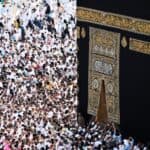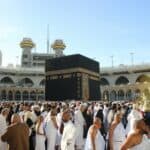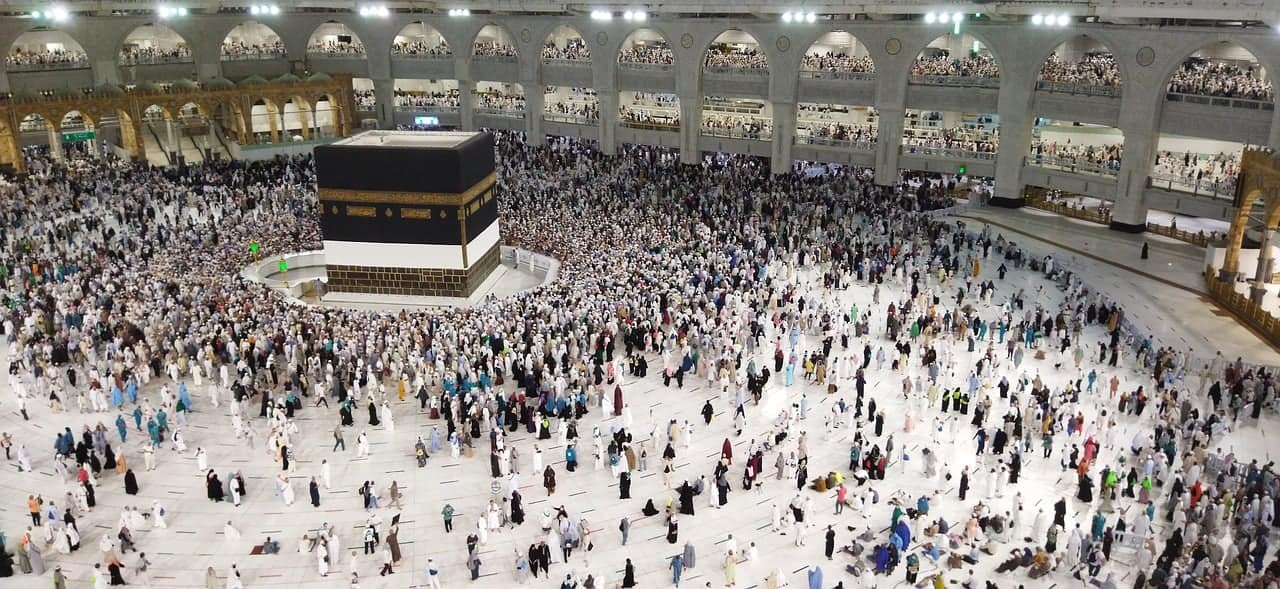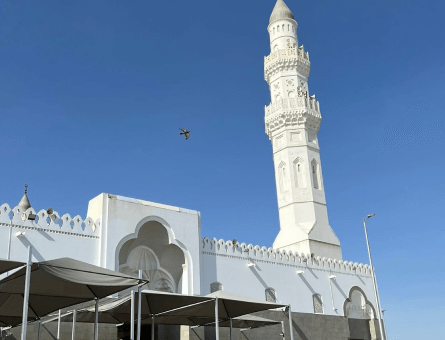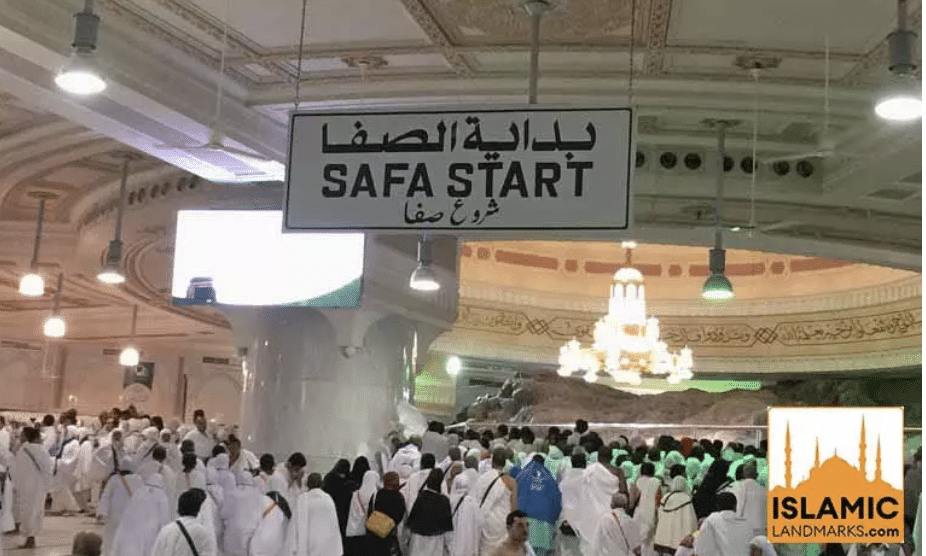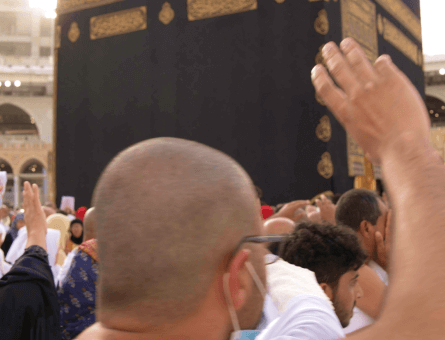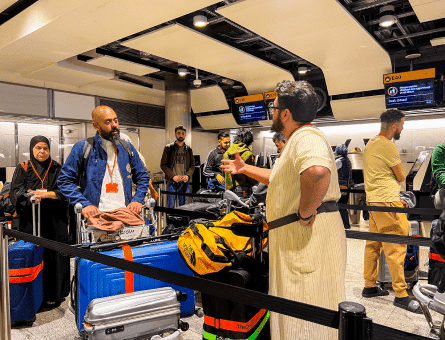Wadi Uranah – Location, History, and Significance in Hajj

In the Name of Allah—the Most Compassionate, Most Merciful.
Wadi Uranah is one of Islam’s most spiritually significant valleys. Located in the Mecca region, this urānah wādī plays a central role in the rites of the Hajj.
It is part of central Arabia, near the hill Jabal Rahmah, within the wider Arabia region.
Every year, millions of pilgrims gather here on the 9th of Dhul Hijjah during the Day of Arafah, one of the most important days on the Islamic calendar.
The area, known in Arabic as وادي عرانة, includes Masjid Nimrah and holds historical significance due to events that took place during the Hajj of the Prophet Muhammad (صلى الله عليه وسلم).
What is Wadi Uranah?
Uranah wadi, also spelt urānah, is a dry valley on the plain of Mount Arafat. It is the location where the khutbah (sermon) is delivered on the Day of Arafah during Hajj.
The Prophet Muhammad (صلى الله عليه وسلم) gave his final sermon here, calling for justice, human dignity, and equality among Muslims.
This spot lies outside Arafat’s legal boundaries, so while it holds historical and logistical significance, pilgrims must ensure they are within Arafah itself for their wuqūf (standing) to be valid.
Despite being a dry plain and below sea level, the valley is supported during Hajj with temporary infrastructure and water sources to serve the vast number of attendees.
Map of Wadi Uranah
A map of Wadi Uranah places it just west of hill Jabal Rahmah (the Hill of Mercy), near Mount Arafat. It lies roughly 12 kilometres from Mina.
The Mecca region layout means pilgrims must consider their location when standing for wuqūf. The valley is a central hub, surrounded by tents, service points, and Masjid Nimrah.
Prophet Muhammad’s (صلى الله عليه وسلم) Hajj
During his Farewell Hajj, the Prophet (صلى الله عليه وسلم) stood in Wadi Uranah and delivered his final khutbah to thousands.
This event, which took place in the Arabian Peninsula, was not only historical but also served as a moment of universal teachings: justice, equality, and the inviolability of life and property.
For pilgrims, listening to the khutbah or reciting a tawaf dua here is a way of connecting with this legacy.
Masjid Nimrah
Masjid Nimrah is the mosque built at Wadi Uranah and accommodates hundreds of thousands of worshippers. Part of the mosque lies inside Arafat, while the rest remains in Uranah.
Pilgrims performing Hajj often stop here before or after heading toward the Tawaf. How to perform Tawaf near the Tawaf starting point, marked by the tawaf green light in Masjid al-Haram.
What is the importance of Uranah Valley in Islam?
The significance of Wadi Uranah, or urānah, lies in its association with the Prophet’s final sermon.
The values expressed that day, compassion, accountability, and devotion, remain central to Hajj. The valley is not just a passage; it is a spiritual ground where reflection and prayer align with the core values of Islam.
What is Wadi Muhassir?
Not far from Wadi Uranah lies Wadi Muhassir, another valley with historical significance.
It marks the place where the army of Abraha, which intended to destroy the Kaaba, was damaged by divine command before reaching Saudi Arabia.
FAQ
Many key locations are visited during Hajj, each with unique significance. One is Muzdalifah, which plays a vital role in the spiritual journey.
Summary – Wadi Uranah
Wadi Uranah is a spiritual site at the heart of the Hajj. Located in central Arabia, near Masjid Nimrah and Mount Arafat, it is where the Prophet Muhammad (صلى الله عليه وسلم) gave his final sermon.
Today, Pilgrims gather in this uranah wadi, mindful of the history and guidance that came from this place.
Whether reflecting on the sermon, locating the tawaf green light, or simply pausing in urānah, this valley remains one of the most meaningful locations in the Mecca region for those undertaking the sacred journey of Hajj.





